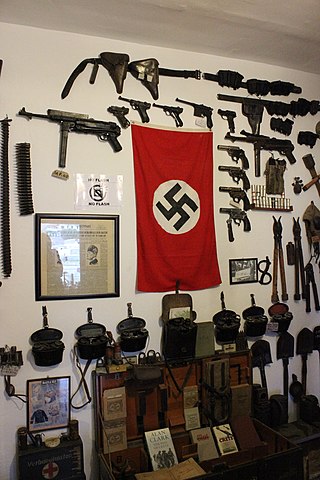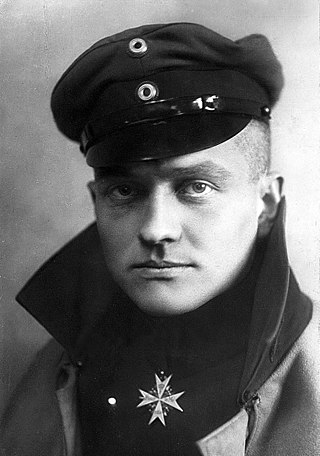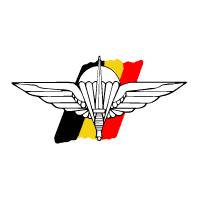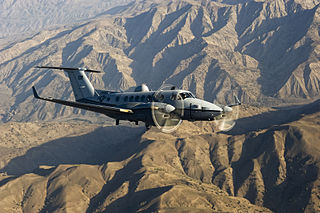
The Special Air Service (SAS) is a special forces unit of the British Army. It was founded as a regiment in 1941 by David Stirling, and in 1950 it was reconstituted as a corps. The unit specialises in a number of roles including counter-terrorism, hostage rescue, direct action and special reconnaissance. Much of the information about the SAS is highly classified, and the unit is not commented on by either the British government or the Ministry of Defence due to the secrecy and sensitivity of its operations.

The Belgian Armed Forces is the national military of Belgium. The King of the Belgians is the commander-in-chief of the Armed Forces. The Belgian Armed Forces was established after Belgium became independent in October 1830. Since then, the Belgian armed forces have fought in World War I, World War II, the Cold War, Kosovo, Rwanda, Somalia and Afghanistan. The Armed Forces comprise five branches: the Land Component, the Air Component, the Naval Component, the Medical Component and the Cyber Component.

A commando is a combatant, or operative of an elite light infantry or special operations force, specially trained for carrying out raids and operating in small teams behind enemy lines.

The Browning Hi-Power is a single-action, semi-automatic pistol available in the 9×19mm Parabellum and .40 S&W calibers. It was based on a design by American firearms inventor John Browning, and completed by Dieudonné Saive at FN Herstal. Browning died in 1926, several years before the design was finalized. FN Herstal named it the "High Power" in allusion to the 13-round magazine capacity, almost twice that of other designs at the time, such as the Walther P38 or Colt M1911.

The Douglas C-47 Skytrain or Dakota is a military transport aircraft developed from the civilian Douglas DC-3 airliner. It was used extensively by the Allies during World War II. During the war the C-47 was used for troop transport, cargo, paratrooper, for towing gliders and military cargo parachute drops. The C-47 remained in front-line service with various military operators for many years. It was produced in approximately triple the numbers as the larger, much heavier payload Curtiss C-46 Commando, which filled a similar role for the U.S. military.

Lists of World War II military equipment are lists of military equipment in use during World War II (1939–1945). They include lists of aircraft, ships, vehicles, weapons, personal equipment, uniforms, and other equipment. There are aggregated military equipment lists by country, and lists of classes of equipment broken down by country or by type.
MI9, the British Directorate of Military Intelligence Section 9, was a secret department of the War Office between 1939 and 1945. During World War II it had two principal tasks: assisting in the escape of Allied prisoners of war (POWs) held by the Axis countries, especially Nazi Germany; and helping Allied military personnel, especially downed airmen, evade capture after they were shot down or trapped behind enemy lines in Axis-occupied countries. During World War II, about 35,000 Allied military personnel, many helped by MI9, escaped POW camps or evaded capture and made their way to Allied or neutral countries after being trapped behind enemy lines.

No. 7 Squadron is a special operations support squadron of the Royal Air Force operates the Boeing Chinook HC6 from RAF Odiham, Hampshire.
The Order of Leopold II is an order of Belgium and is named in honor of King Leopold II. The decoration was established on 24 August 1900 by Leopold II as Sovereign of the Congo Free State and was in 1908, upon Congo being handed over to Belgium, incorporated into the Belgian awards system. The order is awarded for meritorious service to the sovereign of Belgium, and as a token of his personal goodwill. It can be awarded to both Belgians and foreigners, and is seen as diplomatic gift of merit.

Royal Air Force Harrington or more simply RAF Harrington is a former Royal Air Force station in England about 5.6 miles (9.0 km) west of Kettering in Northamptonshire south of the village of Harrington off the A14 road. During the early Cold War it was a Thor missile site, designed to deliver atomic warheads to the Soviet Union. The nuclear missile site is now protected as a Grade II listed building as an example of Cold War architecture.

The following are lists of World War I flying aces. Historically, a flying ace was defined as a military aviator credited with shooting down five or more enemy aircraft during aerial combat. The term was first used by French newspapers, describing Adolphe Pégoud as l'as, after he downed seven German aircraft.

The Free Belgian forces were soldiers from Belgium and its colonies who fought as part of the Allied armies during World War II, after the official Belgian surrender to Nazi Germany. It is distinct from the Belgian Resistance which existed in German-occupied Belgium.

The Special Operations Regiment is a special operations force of the Land Component of the Belgian Armed Forces. Its headquarters is located in Heverlee. It was known as the Light Brigade until 3 July 2018 when it was renamed and transformed into its current form.

The 185th Special Operations Squadron is a unit of the Oklahoma Air National Guard's 137th Special Operations Wing, located at Will Rogers World Airport, Oklahoma City, Oklahoma. The 185th is the only National Guard unit to be equipped with the MC-12W. The unit is known as the "Sooners". Famous unit alumni include former Vietnam prisoner of war Brig. Gen. James Robinson "Robbie" Risner and Astronaut Captain Fred Wallace Haise Jr., Apollo 13 Lunar Module Pilot.

Operation Houndsworth was a British Special Air Service operation during World War II. The operation, carried out by "A" Squadron, 1st Special Air Service between 6 June and 6 September 1944, was centred on Dijon in the Burgundy region of France. Their objective was to disrupt German lines of communication, coordinate the activities of the French Resistance and prevent German reinforcements moving to the Normandy beachheads, especially the 2nd SS Panzer Division Das Reich.

The 5th Special Air Service was the only tier one Belgian special forces during World War II. It consisted entirely of Belgian volunteers. It saw action as part of the SAS Brigade in Normandy, Northern France, Belgium, the Netherlands and Germany. Initially trained in artillery observer, commando style raids, CQB/CQC, gathering military intelligence, irregular warfare, long-range penetration, parachuting, and special reconnaissance, they converted to motorized reconnaissance on armored jeeps. They were the first Allied unit to set foot onto Belgian soil and the first to cross the Siegfried line, albeit accidentally.
France was one of the largest military powers to come under occupation as part of the Western Front in World War II. The Western Front was a military theatre of World War II encompassing Denmark, Norway, Luxembourg, Belgium, the Netherlands, the United Kingdom, France, Italy, and Germany. The Western Front was marked by two phases of large-scale combat operations.

The Special Air Service Troops was a brigade sized formation of the Special Air Service, which was founded on 7 January 1944 in the United Kingdom during the Second World War. The formation was also known as the SAS Brigade. The brigade was a multi-national force of British, French, and Belgian units. On formation, the brigade commanded the 1st and 2nd Special Air Service regiments, the French 2nd and 3rd Parachute Battalions, and the Belgian Parachute Company. In March 1944, F Squadron, GHQ Liaison Regiment was added to the brigade. In 1945, the Belgian parachute company was redesignated as 5th Special Air Service. The French units were also redesignated as the 2nd Parachute Chasseur Regiment and the 3rd Parachute Chasseur Regiment.














